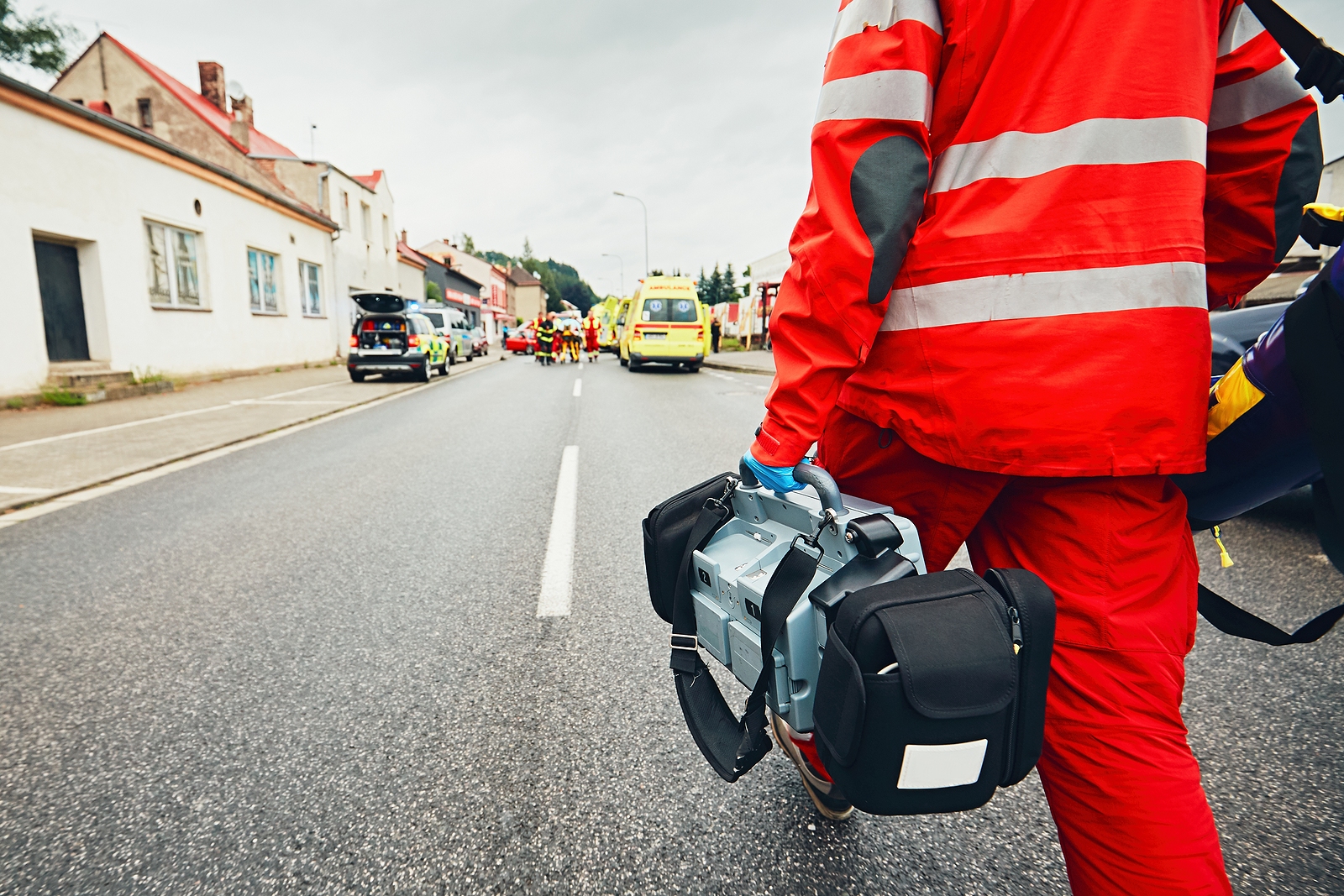
Emergency response and preparedness require accounting for critical events as they are occurring. This real-time work requires allocating personnel and resources that keep people safe. The right platform for creating policies, enforcing guidelines, and making improvements are essential to providing the best care possible.
Modern emergency response teams need to be prepared to go into action at any time. However, providing vital care to victims can be impeded by the wrong tools. Knowing the challenges that emergency response teams will likely face — beforehand — allows them to be prepared for anything so that they can focus on saving lives.
The Challenges of Emergency Response
There are many challenges that emergency responders must face when operating in the field. These can range from a lack of personnel to inadequate resources.
When problems occur, emergency response teams need to be able to communicate effectively with one another and deliver important information in real time. However, even the best intentions can be derailed by a lack of proper awareness, training, or funding.
Communication during emergencies is essential. Without the right tools, responders won’t be able to coordinate their efforts, track important events, or call in vital resources and support when needed most. The challenges of emergency response can be addressed by incorporating the right solutions into everyday workflows.
Communication Tools Every Emergency Response Team Needs
In an emergency, response teams require specialized tools and procedures readily available at a moment’s notice. By coordinating efforts and building an intelligence-driven action plan, emergency responders can maintain situational awareness, allowing them to make better decisions.
Communication tools can be lifesaving technology when combined with real-world response teams. Providing a centralized database for resources, contact information, and EMS services is essential for communicating during an emergency.
Here are some tools for emergency response teams that want to improve their communication:
Landline and Mobile Phones
Phone services are an essential communication tool that emergency response teams should always have access to. Voice messages and real-time calling offer the most direct means of communicating over wide distances and ensuring information is relayed correctly.
Landlines are one of the most reliable services to have during emergencies. However, there may be some instances in which using landline calling becomes impossible.
Satellite phones can be deployed in remote areas or when local services have gone down. Cell phones provide texting and wireless alerts to anybody with a network signal, making them an essential piece of communication equipment for any emergency response team.
Two-Way Radio
There are some situations in which using a landline or cell phone becomes impossible. In the case of power outages, natural disasters, or other incidents affecting infrastructure, a reliable way to communicate over short distances is essential.
Hunters, hikers, and emergency responders often use two-way radios to maintain a lifeline to another device.
Two-way radios have been used for nearly a century to provide two-way communication across the radio spectrum. Emergency response teams can use two-way radios to communicate important information over a specific frequency, making them a flexible option during emergencies.
The only drawback is that the use of two-way radios can be hampered by local regulations, geography, and weather.
CB Radio
CB radio is another form of radio communication that can be used by emergency response teams. Modern CB radios provide a flexible alternative to other options with their low cost and ease of use. In contrast to two-way radios, CB radios operate over very short distances.
Unfortunately, CB radios have a limited power output and operate in a limited range. However, CB radios can be used anywhere to communicate within a limited area for free. This feature makes them a good way of distributing weather, traffic, and emergency conditions when other methods fail.
Networking and Internet
In addition to phones and radio broadcasts, emergency response teams can use networking to communicate with one another. This approach has the advantage of giving users access to a wide range of software applications for communicating through social media channels, email, and public websites.
Networking and the internet are essential for modern emergency response teams that want to reach the most people possible. By distributing important messages and offering the public help and support over the internet, emergency response teams can communicate effectively and provide aid to those who need it.
Emergency Responders Can Save Lives with the Right Tools
For emergency response teams, communication is an essential asset that allows the coordination of actions, the distribution of information, and the maintenance of a lifeline when things become too difficult. You can seriously limit these features by using only a single tool or channel.
Combined, communication tools such as cellular and landline phones, radios, and the internet offer a powerful solution that can make or break a rescue operation.
Having access to support and resources across channels and devices can turn around even in the worst situation. This reality means that, for emergency response teams, the best communication tools are not only important but essential.